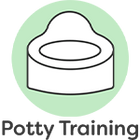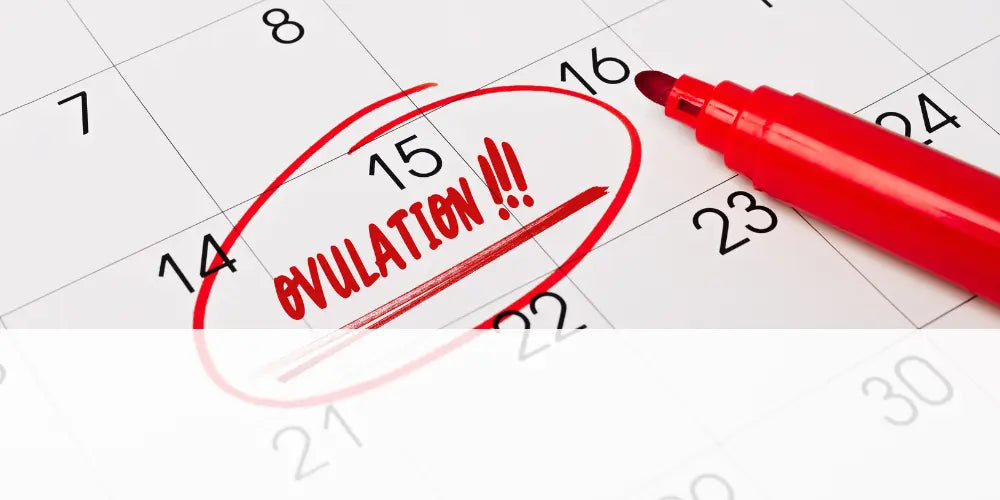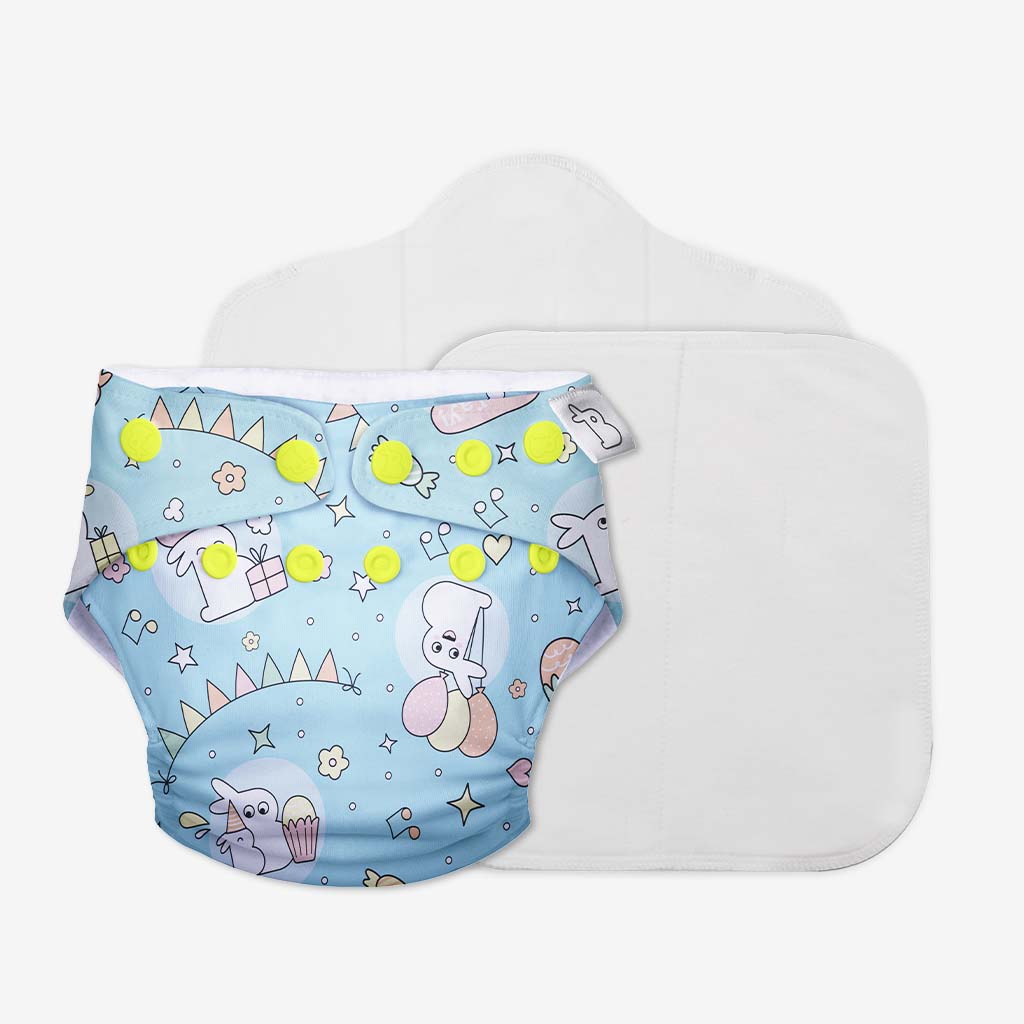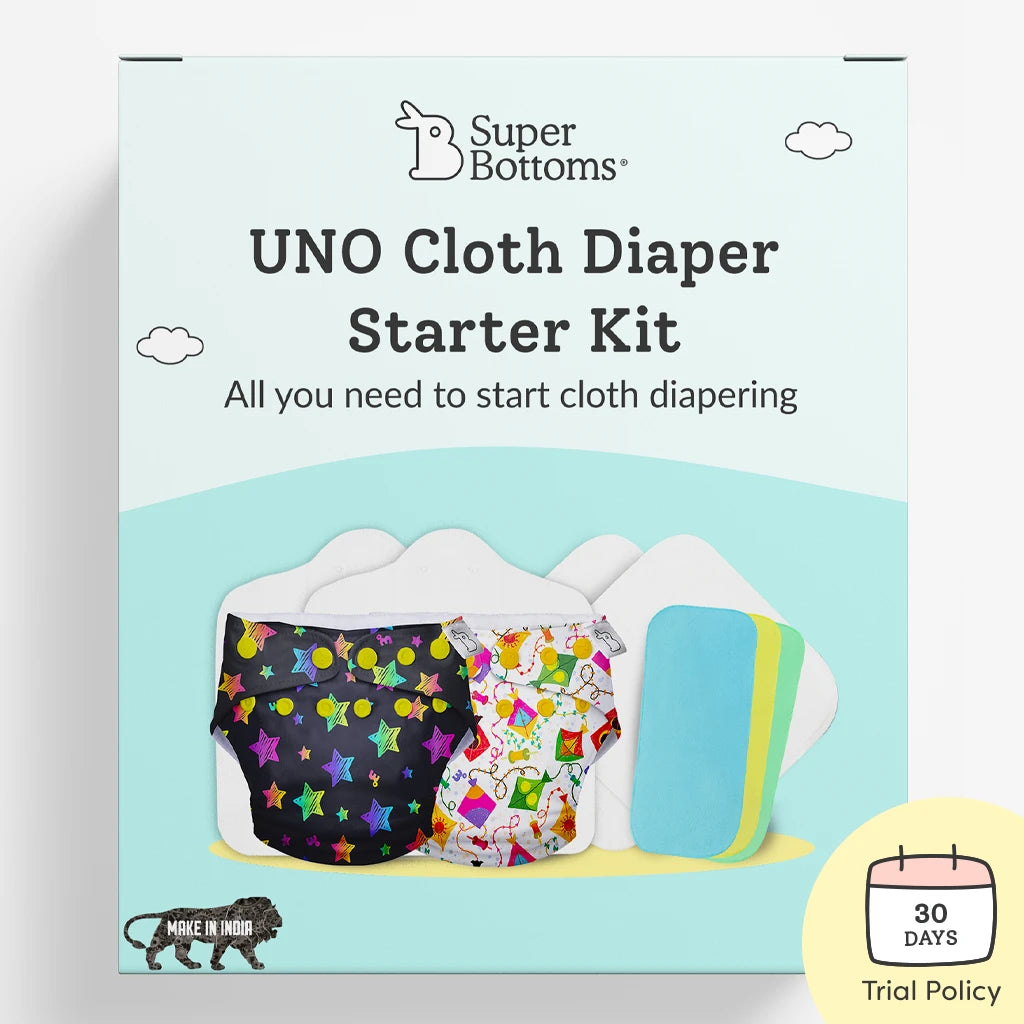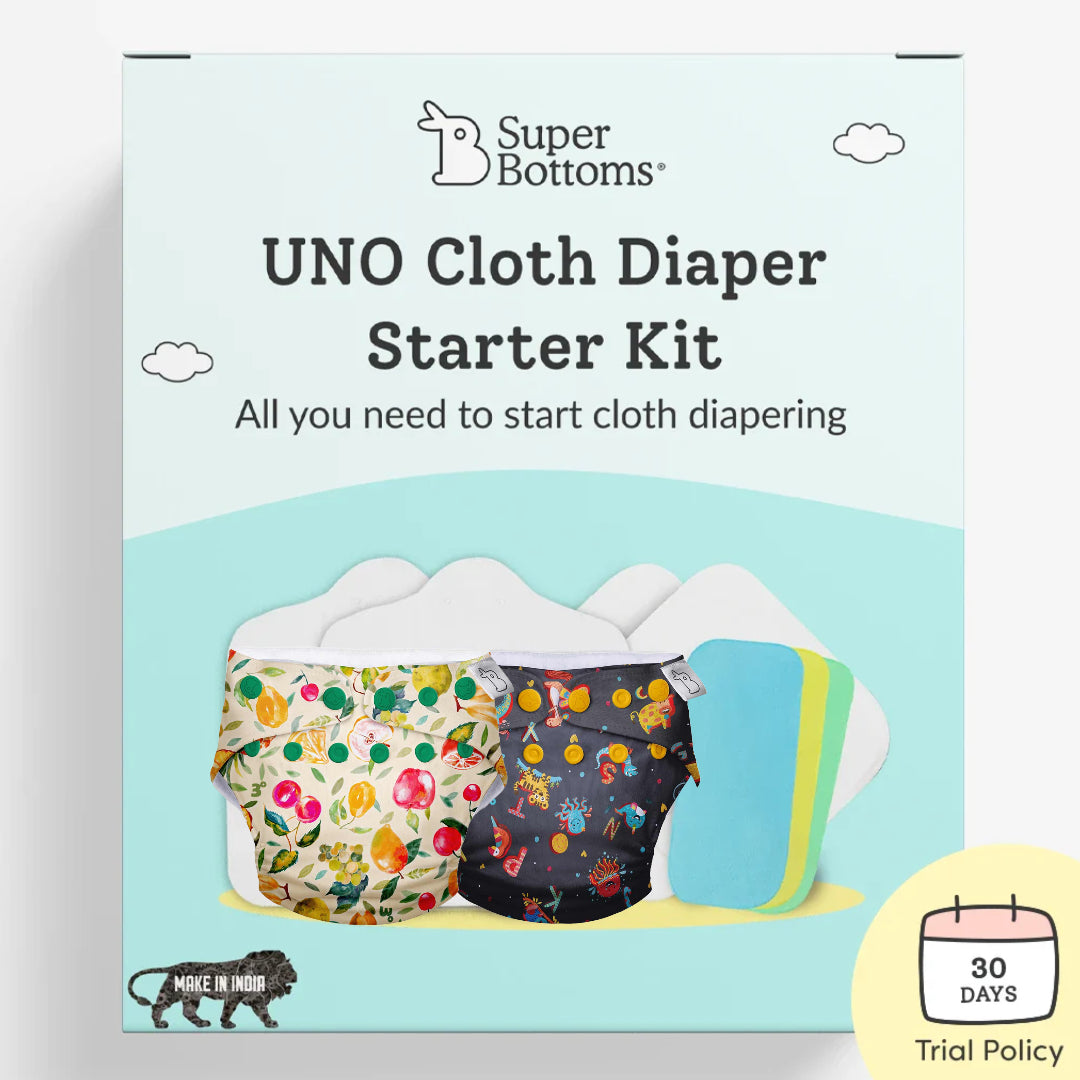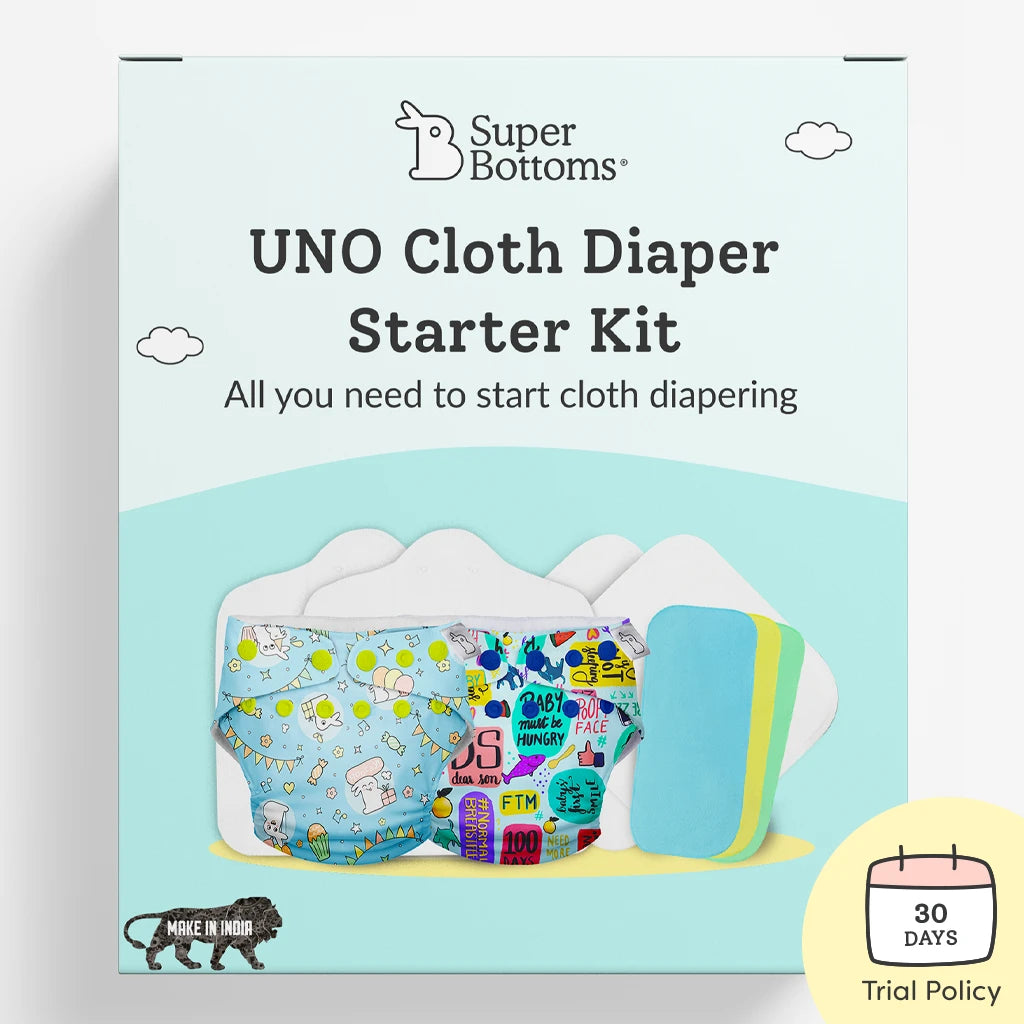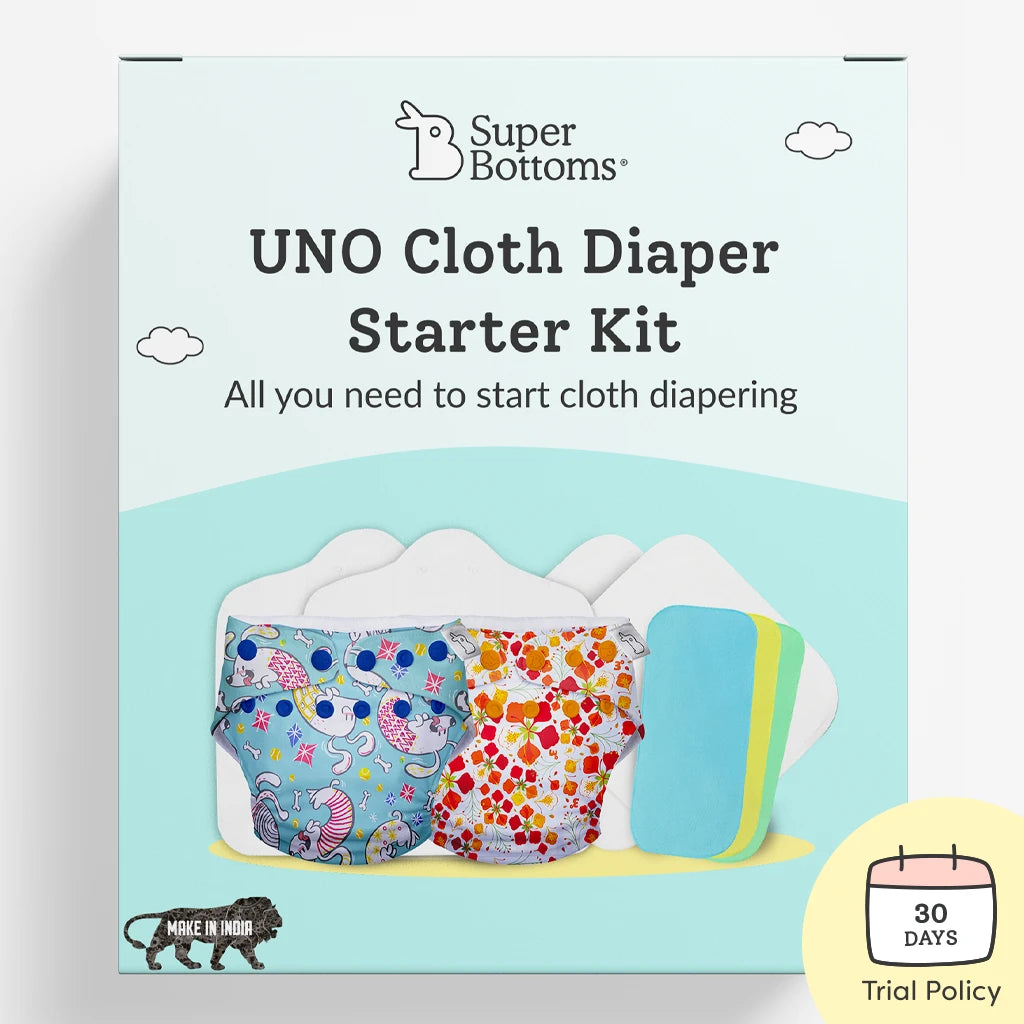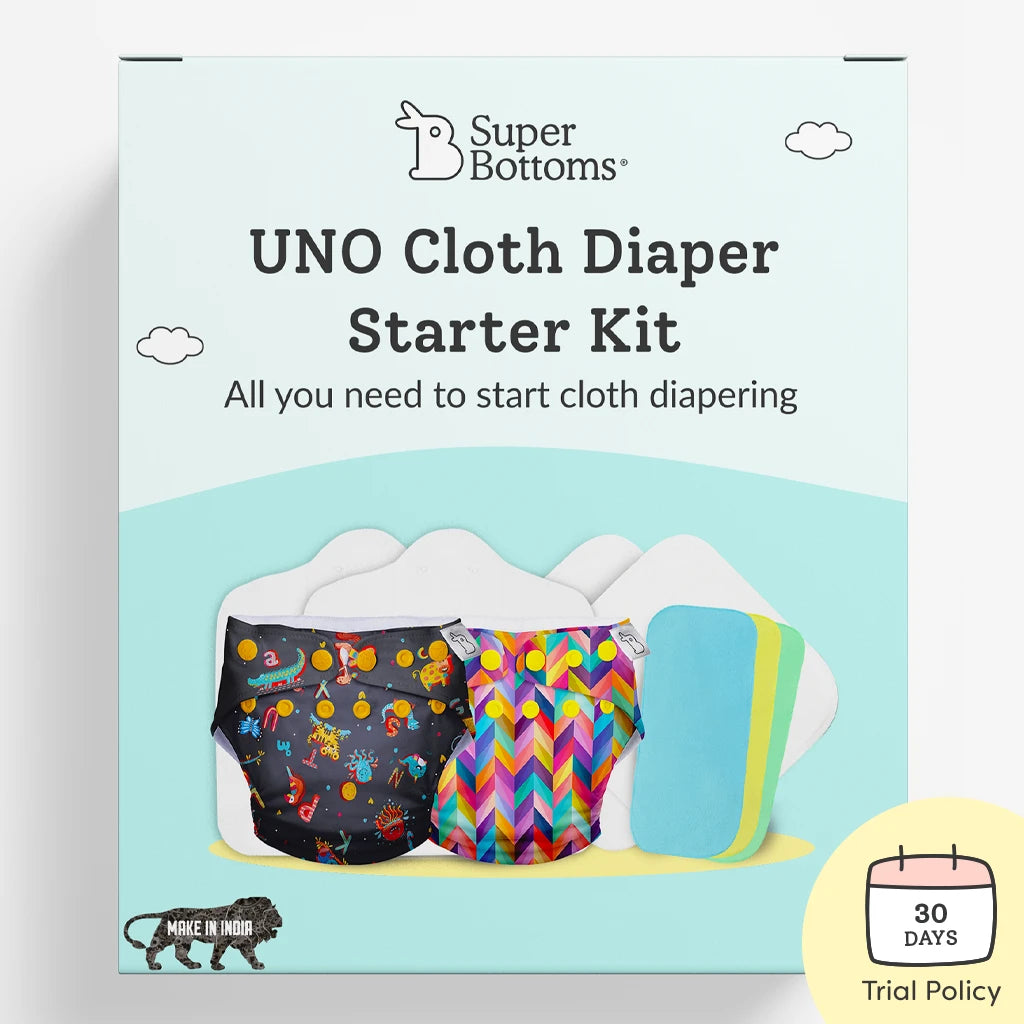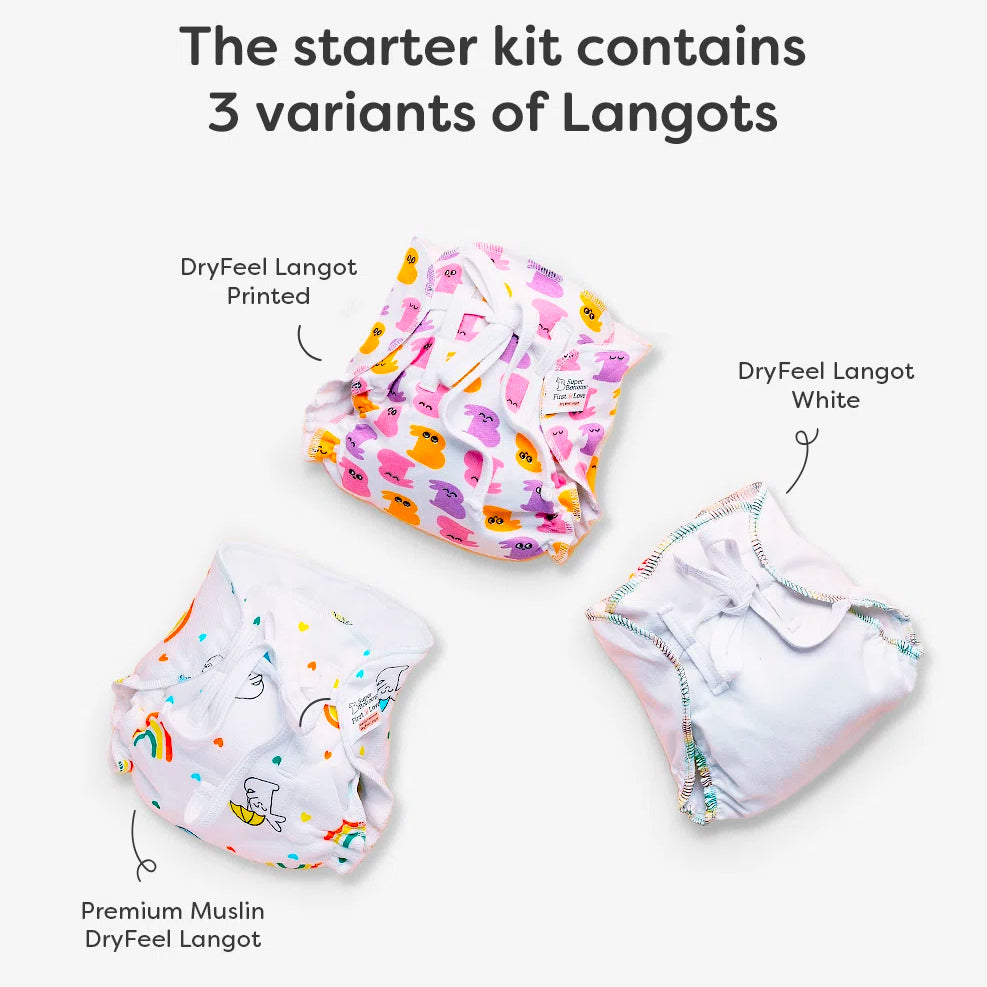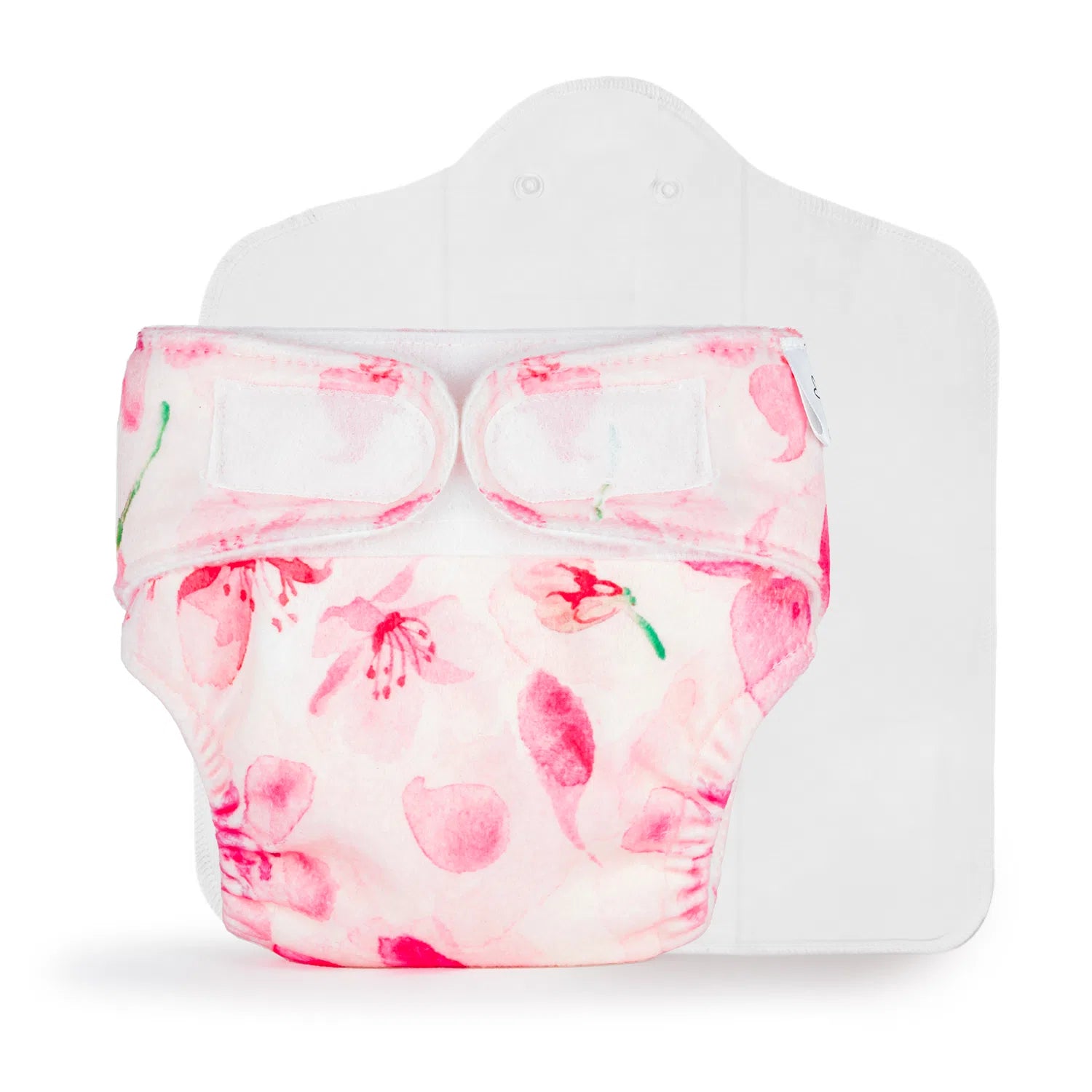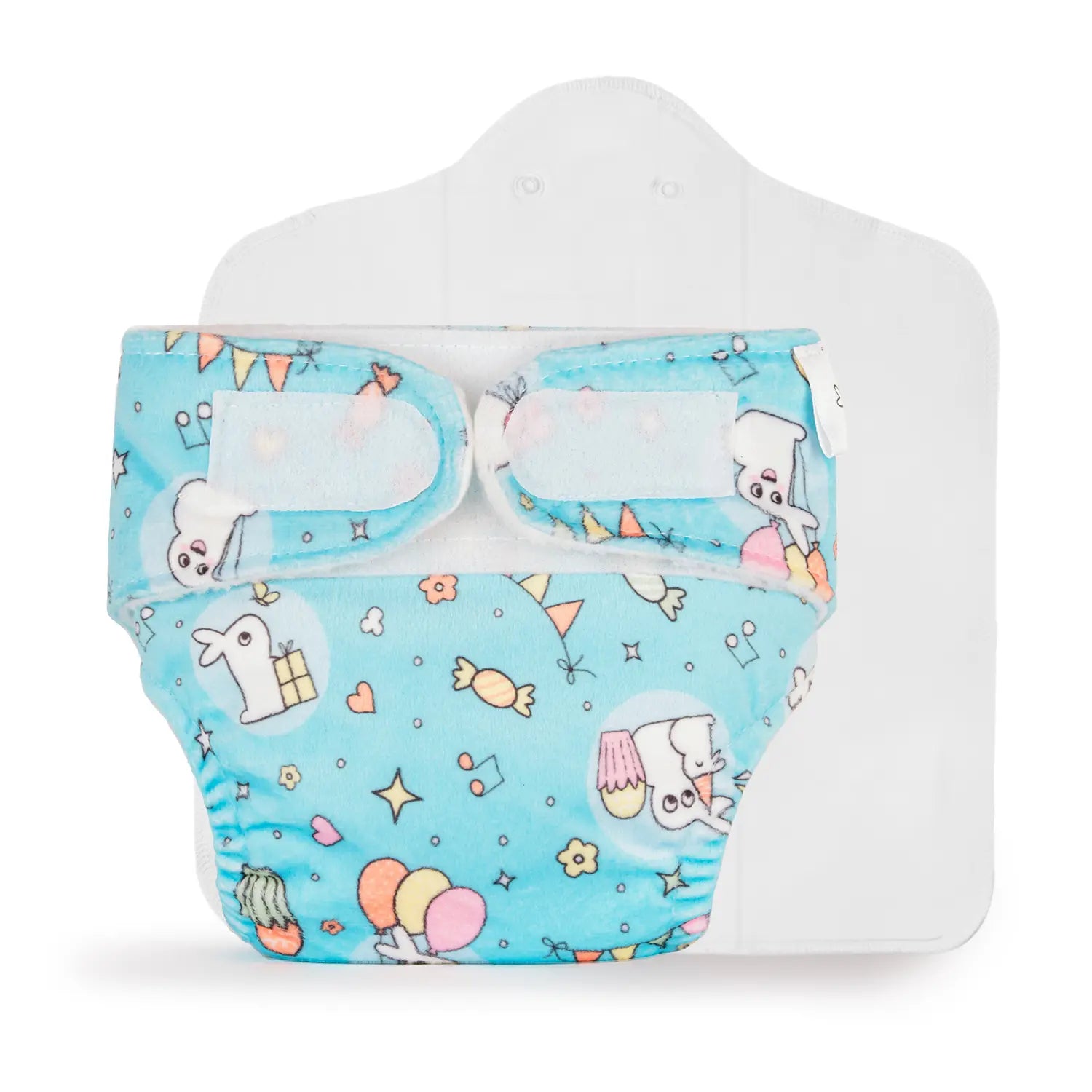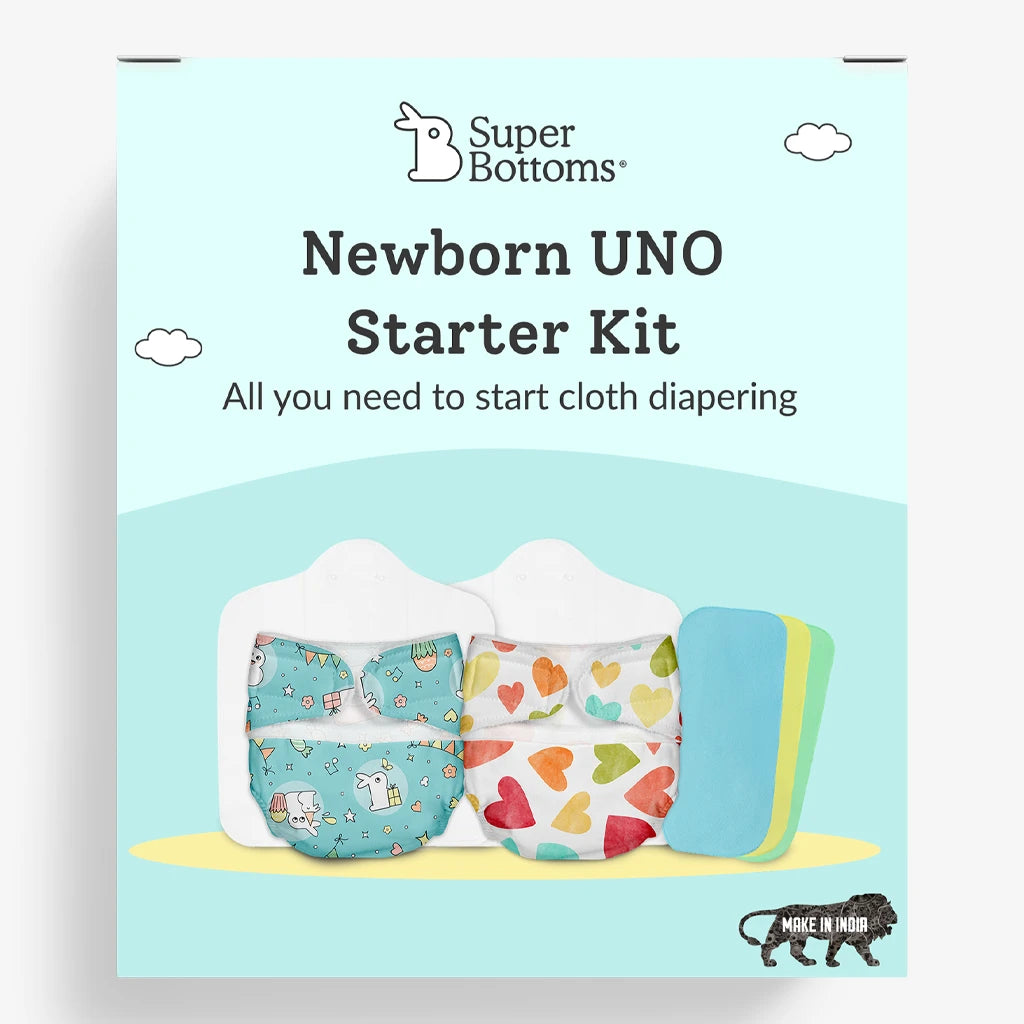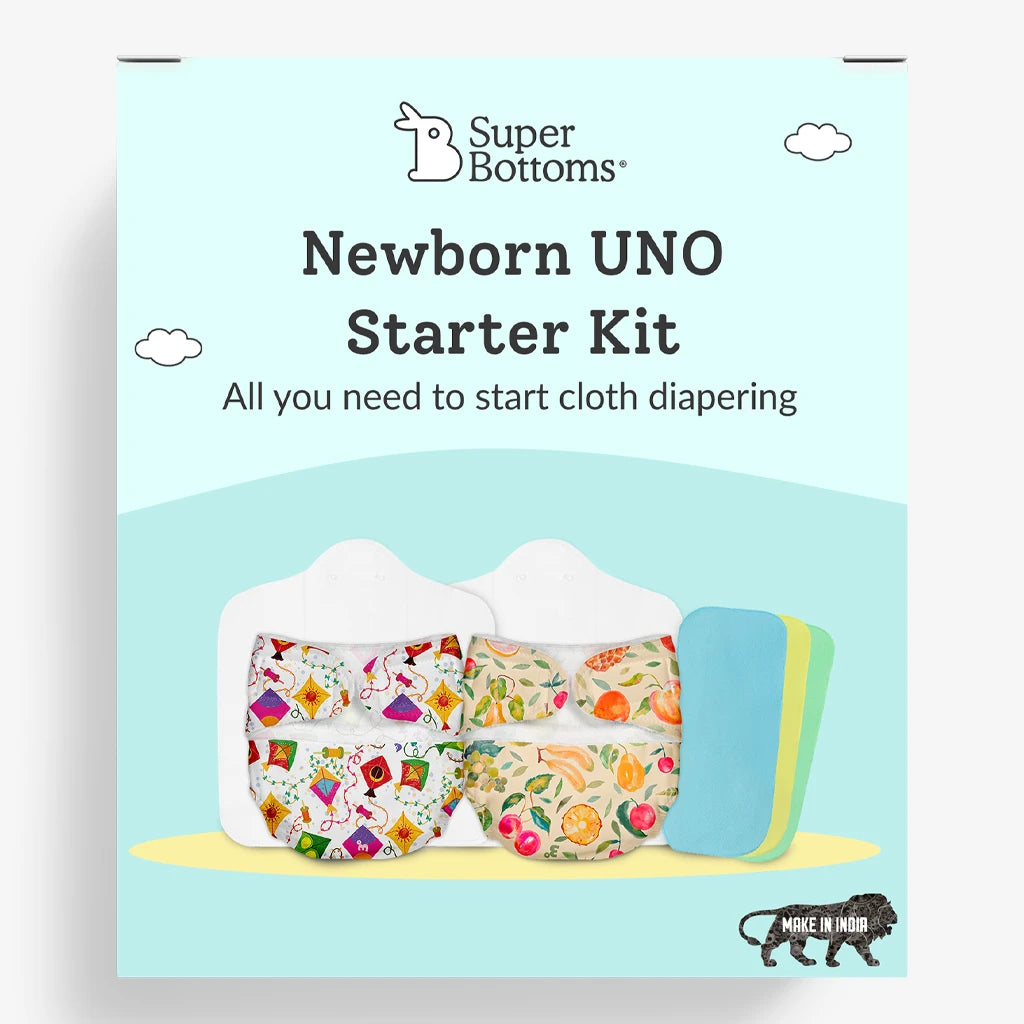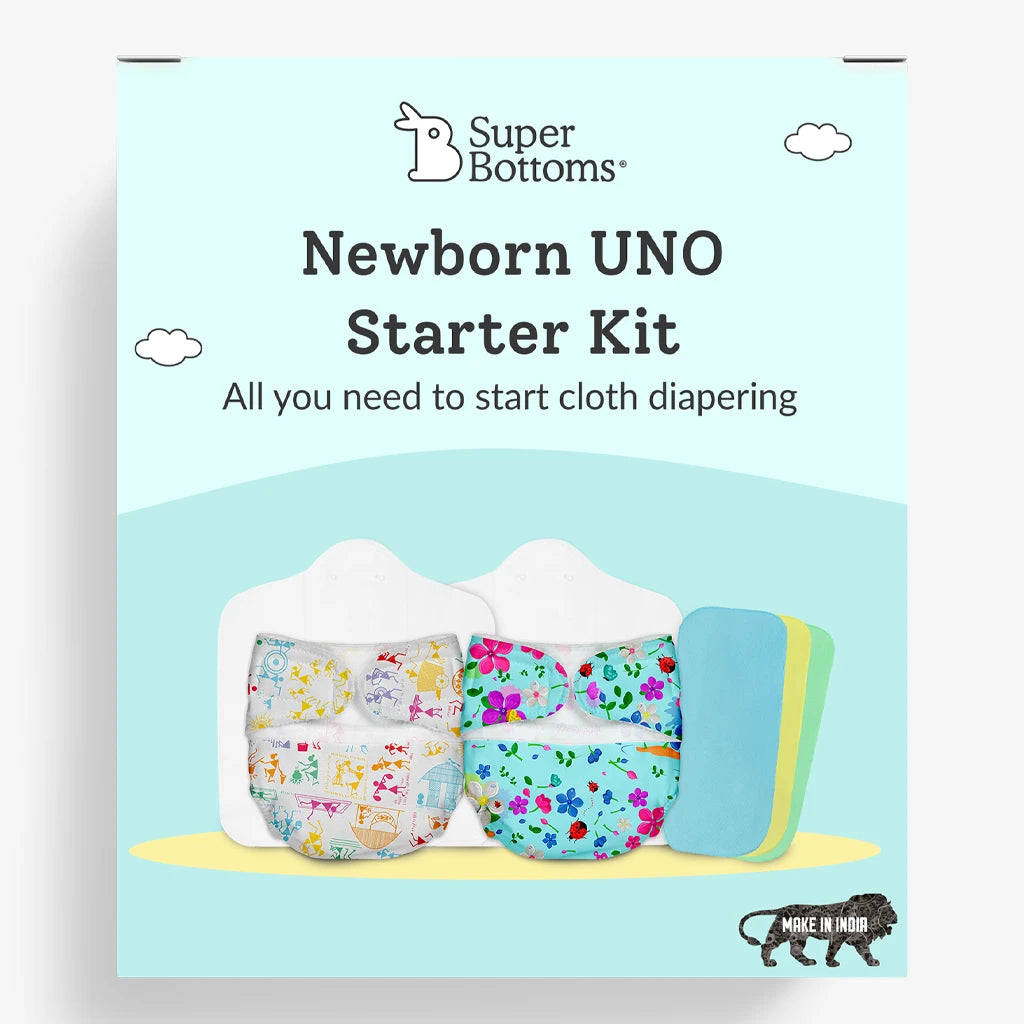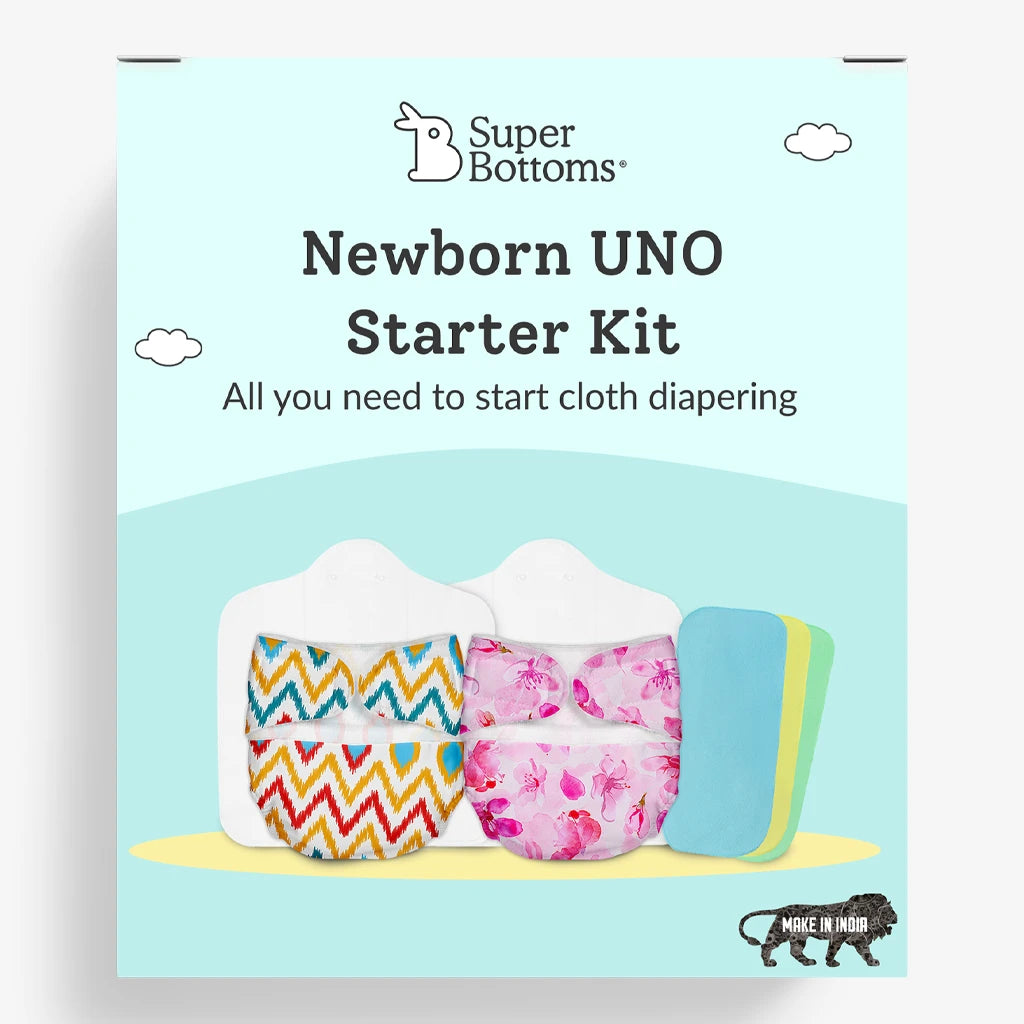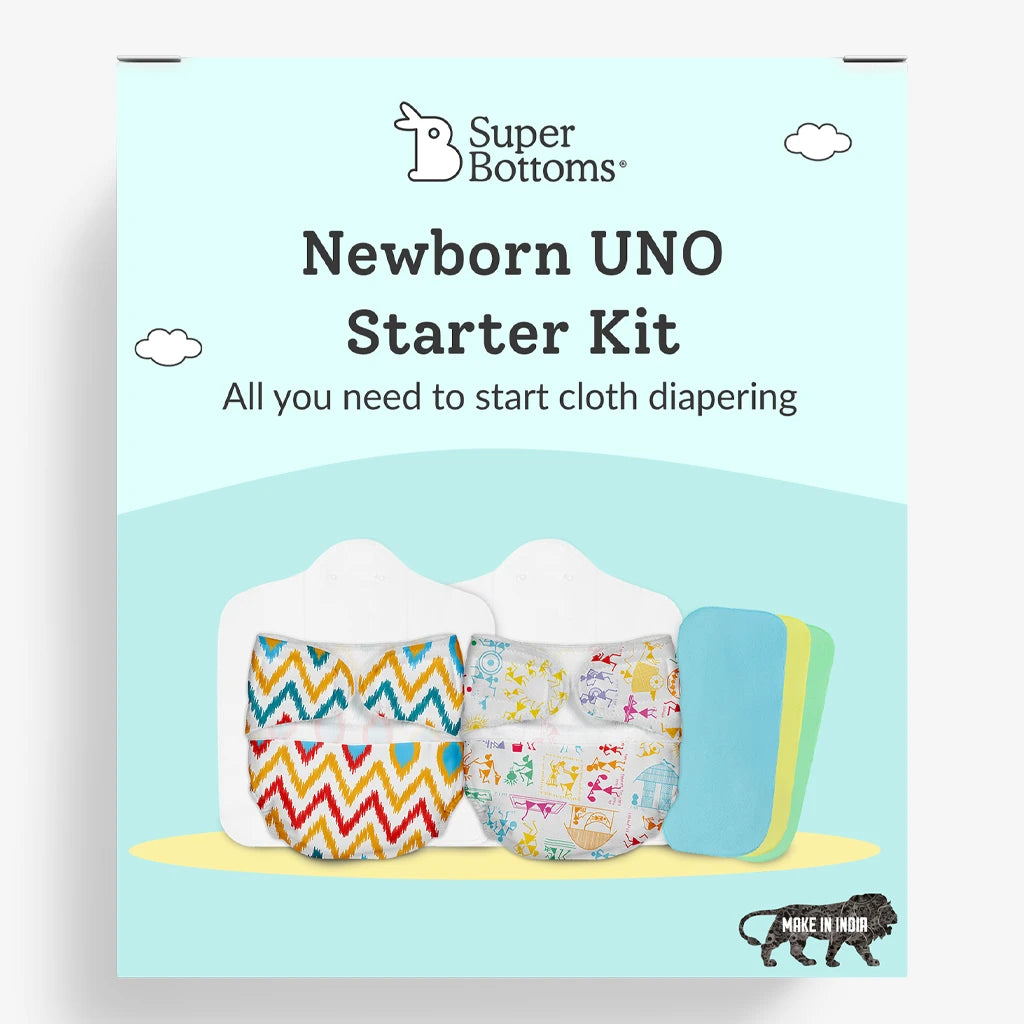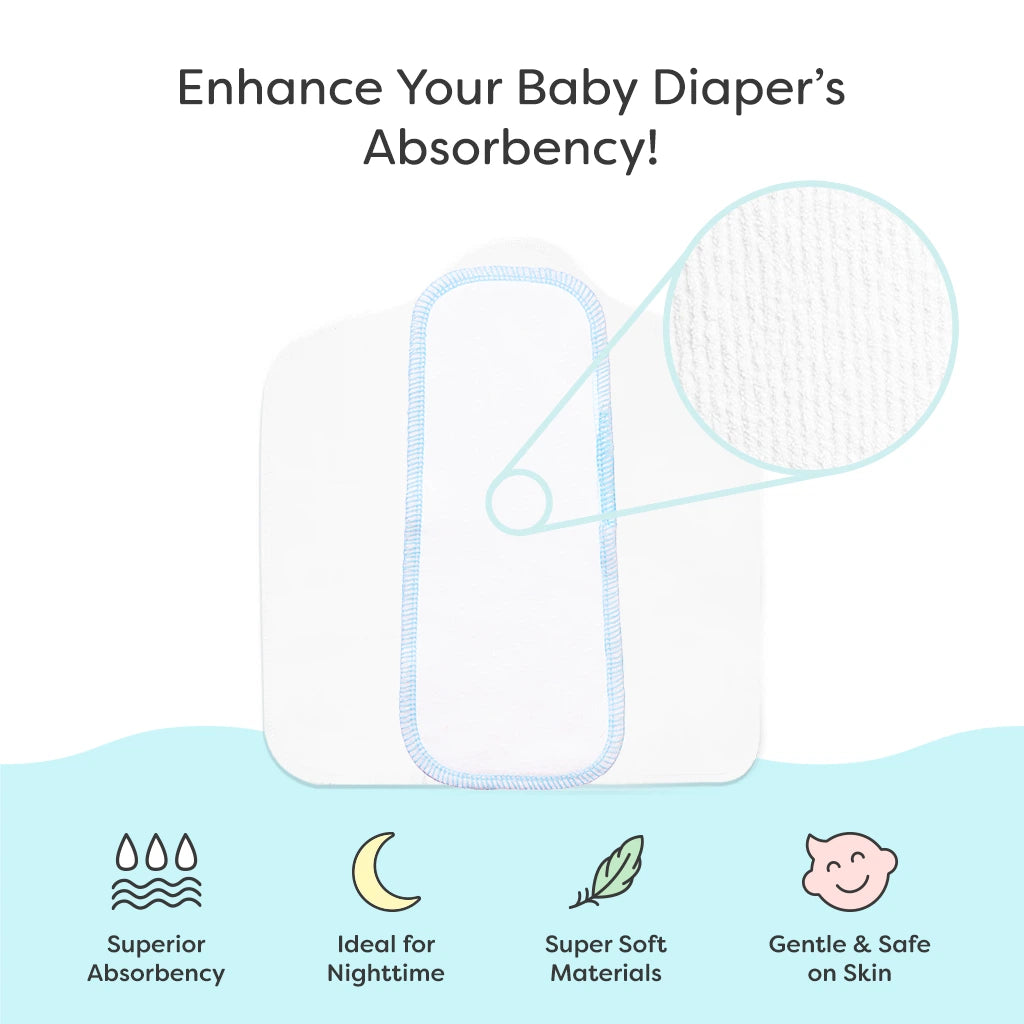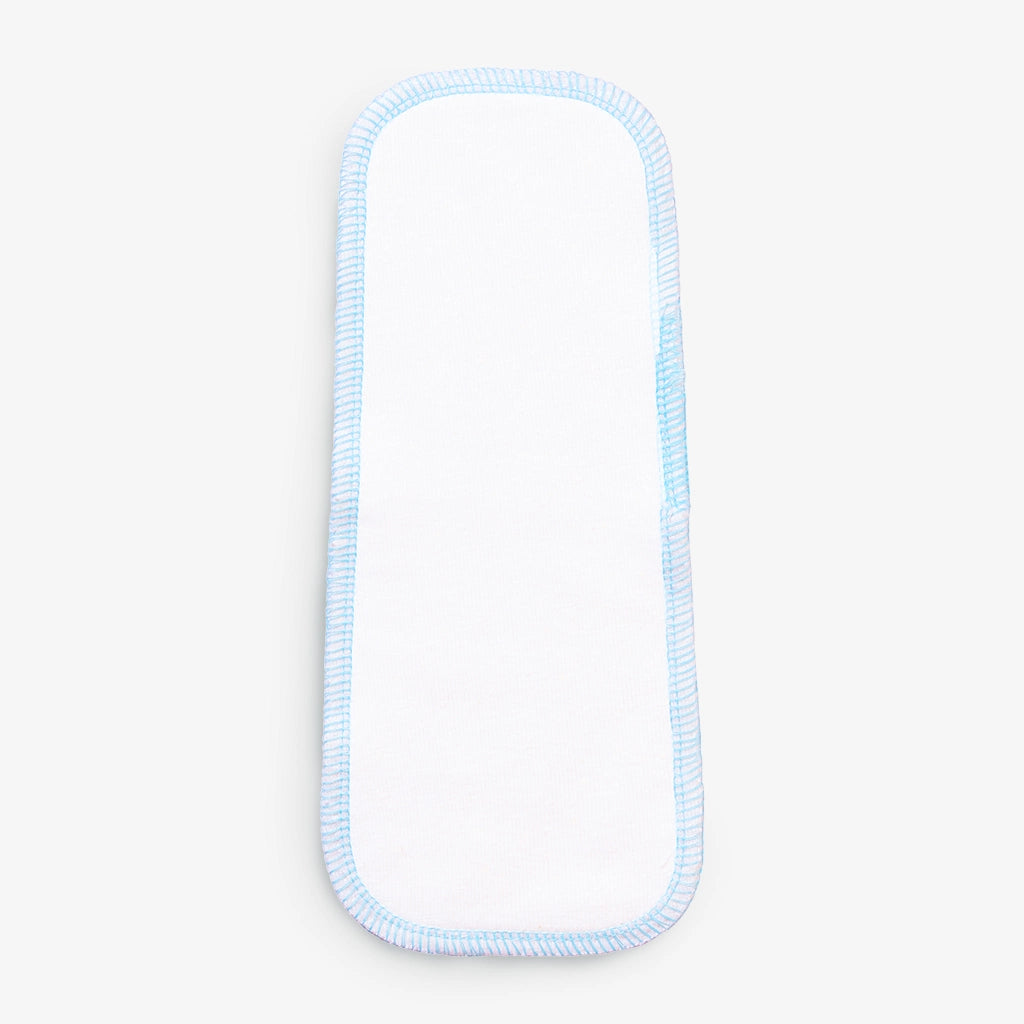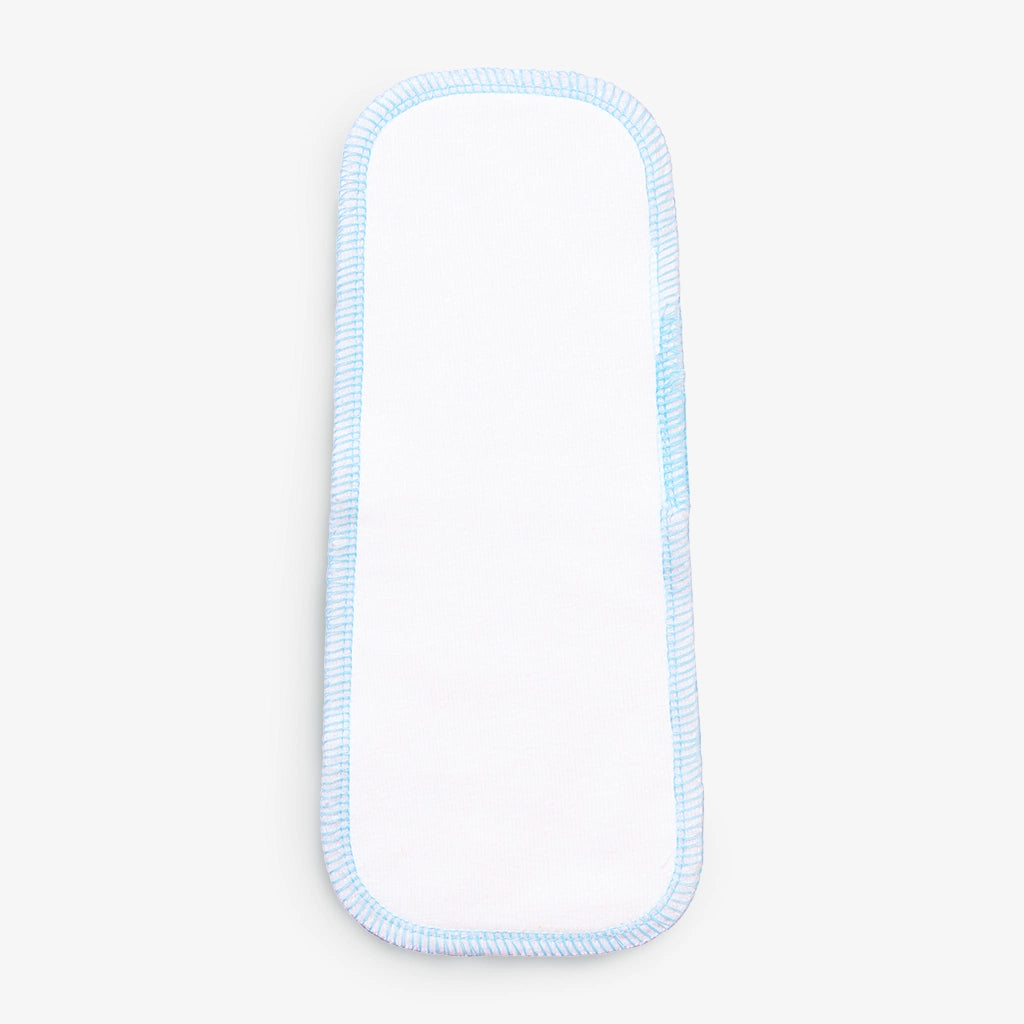Ovulation is a key phase of the menstrual cycle that directly impacts fertility and pregnancy planning. Understanding what is ovulation and recognising the signs of ovulation can help women track their fertile window more accurately and make informed reproductive choices.
Whether you are trying to conceive or simply wish to understand your body better, this guide explains ovulation signs and symptoms, timing, cramps, and common doubts in a clear, science-backed way.
- What is Ovulation and What Does Ovulation Mean?
- When Do Women Start Ovulating?
- How Long After Period Do You Ovulate?
- What Are the Common Signs of Ovulation?
- How Do I Know That I Am Ovulating?
- Does Ovulation Cause Cramps?
- Can I Get Pregnant During Ovulation?
- Can You Ovulate Without a Period?
- Ovulation Timeline Table
- Key Takeaways
- FAQs
-
References
What Is Ovulation and What Does Ovulation Mean?
Ovulation is the process by which a mature egg is released from the ovary and travels through the fallopian tube, where it can meet sperm and result in pregnancy. In simple terms, what does ovulation mean is the body’s most fertile phase in a menstrual cycle.
Ovulation typically happens once in every cycle and is controlled by hormonal changes involving estrogen and luteinising hormone (LH).
When Do Women Start Ovulating?
Most women start ovulating after puberty, usually between ages 10 and 15, once menstrual cycles begin. From then on, ovulation continues until menopause, though factors like stress, health conditions, pregnancy, or breastfeeding can temporarily stop it.
How Long After Period Do You Ovulate?
A common question is how long after period is ovulation. In a typical 28-day cycle, ovulation occurs around day 14, counting from the first day of your period.
However, cycle length varies:
- Shorter cycles → earlier ovulation
-
Longer cycles → later ovulation
So, how long after period do you ovulate depends on your individual cycle length.
A Gentle Note on Newborn Preparedness 🤍👶Pregnancy is the perfect time to prepare for your baby’s first essentials—so you’re not rushing after delivery🍼✨. Many parents today prefer planning their newborn baby gifts early, and SuperBottoms makes this easier with thoughtfully designed newborn essentials that are practical, safe, and reusable🌱. Whether you’re curating a baby shower🎉, choosing a meaningful gift for newborn baby, or planning your own baby’s must-haves, SuperBottoms offers sustainable baby gifts for newborn—from soft cloth diapers, langots & muslin essentials to gentle baby-care products🤍. These well-planned newborn baby gifts help parents feel confident and prepared right from day one. At SuperBottoms, we believe early preparation during pregnancy leads to a calmer start to parenthood👶💫—with products that are not only useful as gifts for a newborn baby, but also kinder to your baby and the planet🌍. |
What Are the Common Signs of Ovulation?
Recognising signs of ovulation helps identify your fertile window. Some common ovulation signs and symptoms include:
1. Changes in Cervical Mucus
Egg-white-like, clear, stretchy discharge is one of the most reliable signs a woman is ovulating.
2. Mild Pelvic or Abdominal Pain
Many women ask, Does ovulation cause cramps? Yes, some experience one-sided lower abdominal pain known as mittelschmerz.
3. Increased Libido
Hormonal changes often cause a natural rise in sexual desire during ovulation.
4. Breast Tenderness
Hormonal fluctuations can lead to sensitivity or soreness in breasts.
5. Heightened Senses
Some women notice a sharper sense of smell, taste, or vision.
These are classic signs a woman is ovulating, though not everyone experiences all of them.
How Do I Know That I Am Ovulating?
If you’re wondering, how do I know that am ovulating, you can track it through:
- Ovulation predictor kits (LH surge detection)
- Basal body temperature rise
- Cervical mucus changes
- Cycle tracking apps
Using multiple methods together gives better accuracy.
Does Ovulation Cause Cramps?
Yes, ovulation can cause mild cramps in some women. These cramps usually last a few hours to a day and are not as intense as period pain. If pain is severe or persistent, medical consultation is advised.
Can I Get Pregnant During Ovulation?
Yes, can I get pregnant during ovulation is an important fertility question. Ovulation is the most fertile time, and pregnancy is most likely if intercourse happens:
- 3–5 days before ovulation
- On the day of ovulation
Sperm can survive up to five days, increasing the chance of conception.
Can You Ovulate Without a Period?
Many women ask, Can you ovulate without a period? The answer is yes. Conditions like breastfeeding, PCOS, or hormonal imbalances may cause ovulation without regular periods, making pregnancy possible even without menstruation.
Ovulation Timeline: How Long After Period Is Ovulation?
|
Cycle Length |
Expected Ovulation Day |
|---|---|
|
21 days |
Day 7–9 |
|
28 days |
Day 13–15 |
|
32 days |
Day 17–19 |
|
35 days |
Day 20–22 |
This table helps estimate ovulation timing, but individual variation is common.
Understanding ovulation empowers women to make informed reproductive and health decisions. From learning what is ovulation, tracking ovulation signs and symptoms, to knowing how long after period do you ovulate, awareness helps reduce anxiety and improves pregnancy planning outcomes.
Preparing for conception also means preparing for what comes after—parenthood.
|
Limited Time Offers + Special Gift Sets! Now or never Super SALE is live on the SuperBottoms website! Take advantage of unbeatable value deals on our UNO Cloth Diapers, Baby Essentials, and more. Looking for the perfect present for a newborn or a toddler? Explore our thoughtfully curated Gift Sets & Combos — safe, skin-friendly, and oh-so-cute! A bundle of love for little ones and a delight for parents. HURRY — Deals and Gift Packs are live only till stocks last. Don’t miss the chance to stock up and share the joy! |
Key Takeaways
- Ovulation is the most fertile phase of the menstrual cycle
- Tracking ovulation signs improves pregnancy planning accuracy
- Pregnancy can occur even without regular periods
Frequently Asked Questions (FAQs)
1. What is ovulation in simple words?
Ovulation is when an egg is released from the ovary and can be fertilised by sperm.
2. What are the most reliable signs of ovulation?
Egg-white cervical mucus, mild cramps, and LH surge are the most reliable signs.
3. How long after period is ovulation usually?
Typically, 12–16 days after the start of your last period.
4. Can stress delay ovulation?
Yes, stress can disrupt hormonal balance and delay ovulation.
5. Does ovulation cause cramps every month?
No, ovulation cramps do not occur every cycle for everyone.
6. Can I get pregnant if I miss my period but ovulate?
Yes, pregnancy is possible if ovulation occurs, even without a period.
7. How can I prepare for pregnancy after tracking ovulation?
Apart from medical readiness, preparing newborn essentials early reduces post-delivery stress.
8. What baby products should I plan for during pregnancy?
Preparing during pregnancy helps avoid last-minute hassle after delivery. SuperBottoms offers safe, reusable newborn essentials like reusable cloth diapers, langots, and baby wipes - ideal for eco-conscious parents planning ahead.
Explore SuperBottoms’ newborn gifting and starter kits to be pregnancy-ready.
Message from SuperBottoms
Hi there, new parents! SuperBottoms brings you doctor-recommended cloth diapers — the best rash-free diapering solution for your baby’s sensitive and delicate skin. Unlike disposable diapers loaded with chemicals, our newborn cloth diapers, when used and washed properly, can help eliminate the risk of diaper rashes. SuperBottoms offers a wide range of safe, skin-friendly essentials for the whole family — including Reusable Cloth Diapers, Diaper Pants, DryFeel langots for diaper-free time, Padded Underwear for potty training, SuperSoft Underwear for everyday comfort, Joggers for playful days, and Period Underwear for women. Not just for everyday use, SuperBottoms products also make the best gifting choice for babies — thoughtful, eco-friendly, practical, and loved by parents. Now available on Amazon, Myntra, Flipkart, FirstCry, Zepto, Swiggy and Blinkit
Reference Links
1. Innovative Approaches to Menstruation and Fertility Tracking
2. What Is Ovulation? Cycle Timeline, Pain, and Other Symptoms



